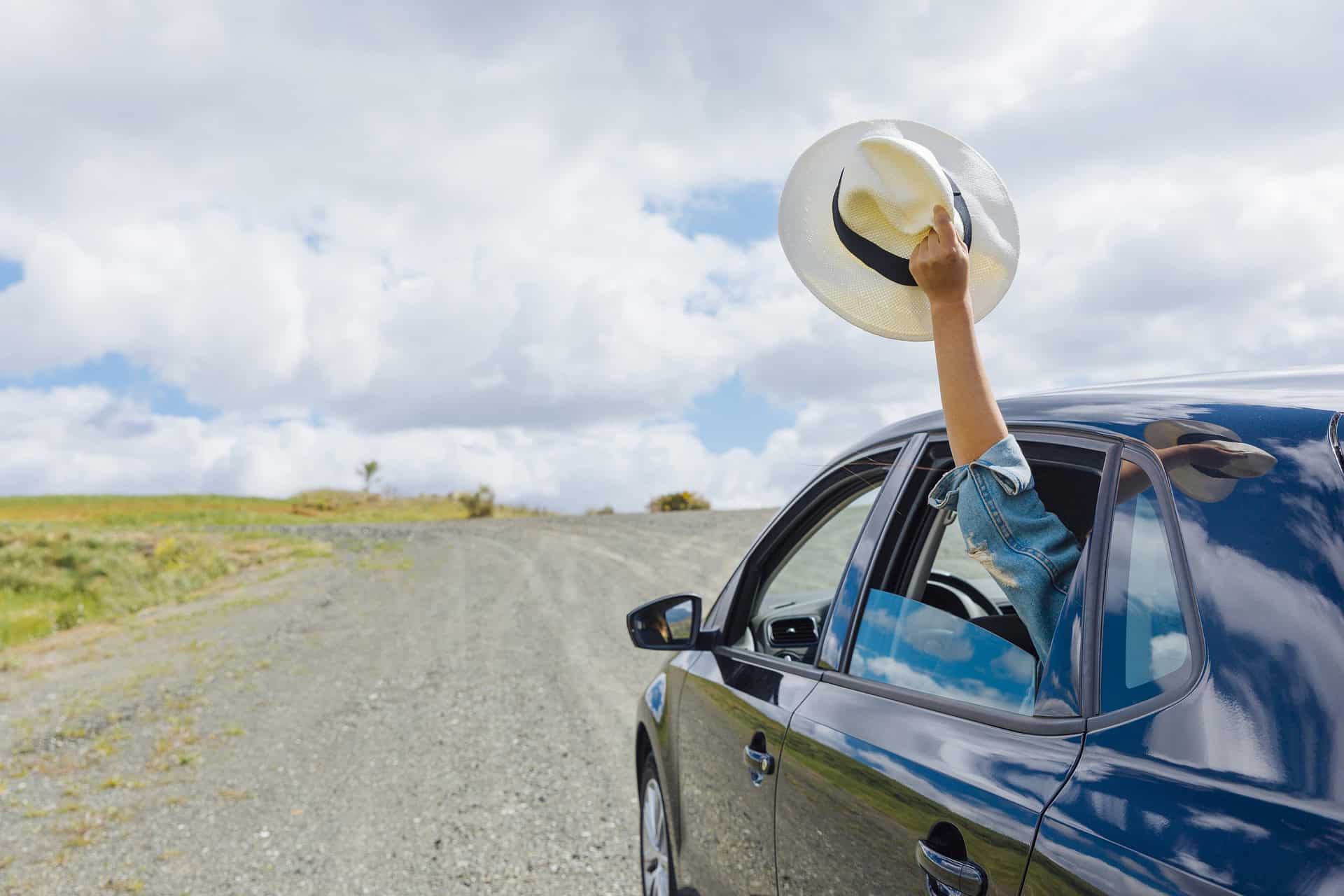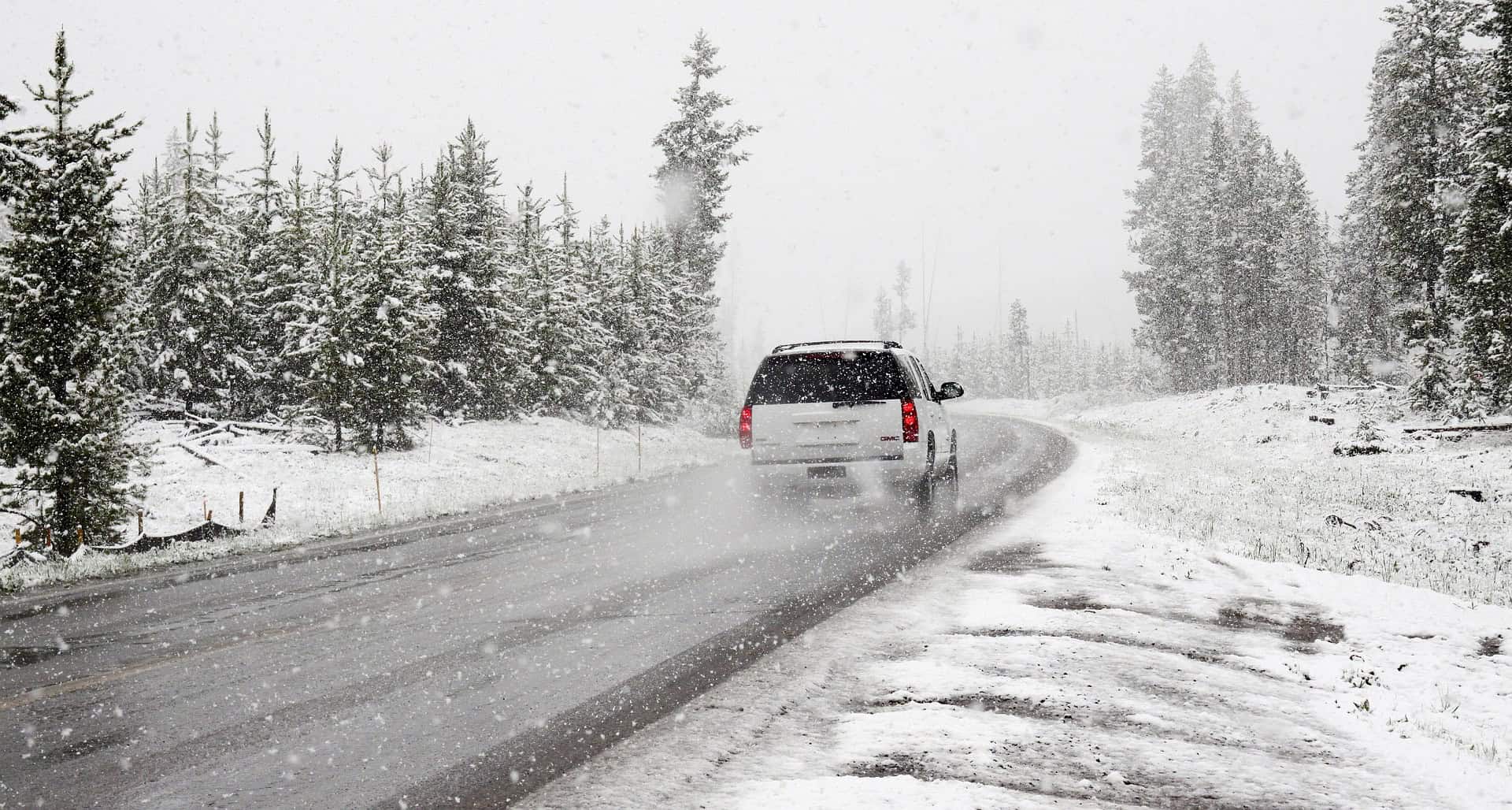Road trips have been an iconic part of American culture for decades. While road trips are fun, they require preparation to minimize the potential for inconveniences.
No matter how prepared you are, accidents happen on road trips. And when they do, you want to be sure that you have sufficient car insurance coverage regardless of the state you're in.
This guide focuses on the type of coverage to consider for your next road trip in the United States.

Table of Contents
How Insurance Works for Road Trips
Your current insurance coverage allows you to drive through any state in the U.S. legally. However, the fact that you can drive with your insurance coverage doesn't mean you should.
The best approach should be to fine-tune your coverage to provide sufficient coverage for your trip. What follows are some of the areas you may want to focus on.
Liability Coverage
Virtually all states require drivers to carry minimum coverage before driving on American roads.
The minimum coverage is usually referred to as third-party insurance or liability insurance, often catering to damages suffered by third parties in an accident where you are at fault.
If you only have your state's minimum coverage, you may be underinsured in some states like California, which has some of the highest insurance rates.
Before setting out on a road trip, you may want to ensure that your liability coverage is at least $100,000 per injured individual and $300,000 per accident. The more coverage you can have, the better.
You can check out data on the economic costs of an accident in different states from the National Safety Council if you are unsure of minimum coverage for the states you intend to visit.
You can then use the date to determine the coverage you will need.
Comprehensive Coverage
Comprehensive coverage covers liability resulting from an accident where you are at fault and damage to your vehicle.
While not mandatory, it's better than liability insurance as it offers protection against damage to your vehicle in the event of an accident, irrespective of fault for the accident. It also provides coverage against theft or vandalism.
The cost of comprehensive coverage can be significantly higher than liability coverage, but worth it if you want peace of mind while on the road trip.
Uninsured Motorist Coverage
If an underinsured or uninsured driver hits you, your chances of recovering compensation may be pretty slim.
So, it is best to carry uninsured driver coverage, which takes the place of the uninsured motorist to provide you compensation for medical expenses and lost wages.
If you do not have uninsured motorist coverage, you may have to pay for damages out of pocket.
According to statistics, over 12% of all drivers in America are uninsured, meaning it's possible to get into an accident with one.
Road Assistance Coverage
A road trip can lead you to some unfamiliar streets or far-to-reach areas. The last thing you want to experience is getting stranded in such a place for whatever reason.
So if you plan to take a less traveled road, you should consider adding roadside assistance to your existing policy to be on the safe side.

Using a Rental Car and You Own a Car
If you own a car, you have two options, your car or a rental car. There are several reasons why a person may choose to use a rental car for a road trip instead of one they own.
One of these reasons may be fuel consumption. If your car has a high fuel consumption rate, renting a low fuel-efficient car can translate into savings.
Another reason to use a rental car for a road trip is if your vehicle can't handle the kind of terrain you expect to encounter on your road trip, such as driving on dirt roads.
Generally, your auto car insurance extends to a rental when driving within the U.S.
So if you have taken care of all your insurance needs, you may not need extra rental coverage.
However, you might experience some coverage gaps in the event of an accident.
For example, your insurance coverage may not cover “loss of use charges” for the days the vehicle will be in a repair shop. You can opt to carry collision waiver damage to take care of the gaps.
Driving a Rental Car When You Don't Own a Car
If you don't own a car, you must purchase rental car insurance. Most rental car companies offer coverage for their vehicles, so check with your preferred company.
However, you may need extra coverage, such as personal accident coverage, just in case you get in an accident where you suffer injuries while you are at fault or an insured driver hits you.

Finding Cheap Car Insurance in Your Home State
The level of coverage you need to be on the safe side on a road trip can increase your premiums significantly.
However, the increase will depend on several factors, including the provider of choice.
For example, Ohio drivers typically pay $1,027 per year for full coverage car insurance.
This coverage provides $25,000 in bodily damage to third parties, $50,000 per accident, and $25,000 in property damage to third parties.
But you can get cheaper rates for the same coverage by using an insurance comparison tool such as Marketwatch.
Because Ohio is among the states with the lowest auto insurance rates, it's best to customize your coverage if you intend to travel outside this state.
That way, you will have adequate protection in the event of an accident in another state.
***
Road trips are fun, but having insufficient coverage can take away the joy and peace of mind you may want to have at such a time.
While tailoring your insurance coverage to meet your expectations may seem expensive, it is nothing compared to the losses you can incur for traveling with inadequate coverage.
_____
This story is published in partnership with Rentalcars.com.
Planning a trip? Go Backpacking recommends:
- G Adventures for small group tours.
- Hostelworld for booking hostels.
